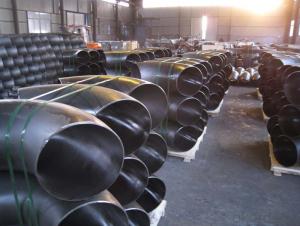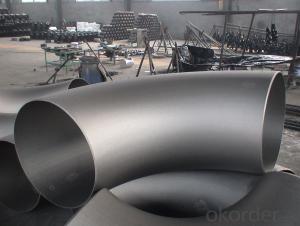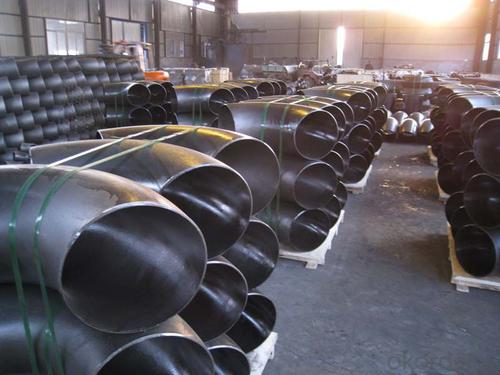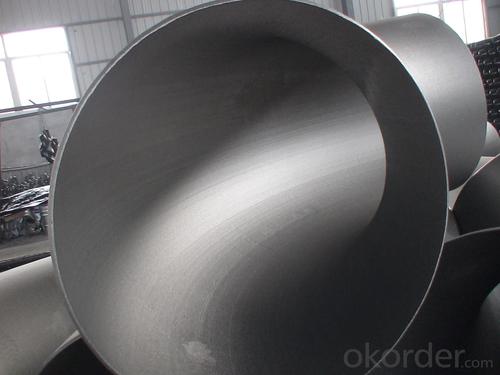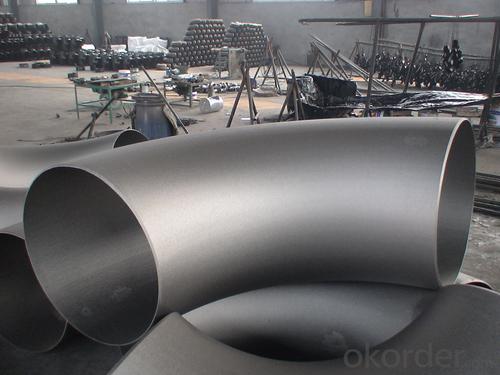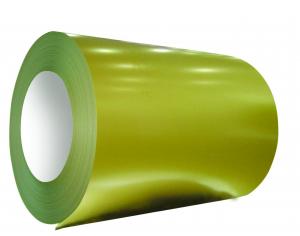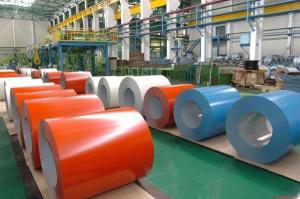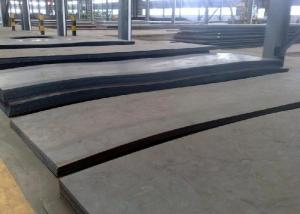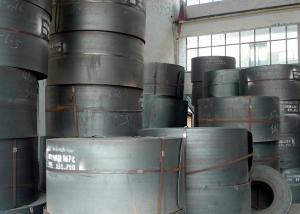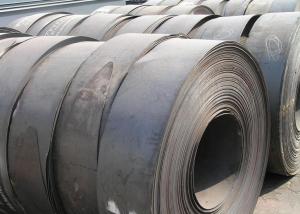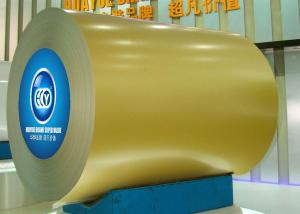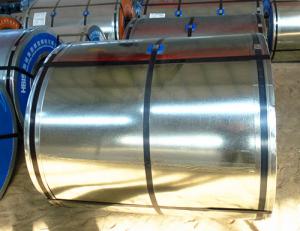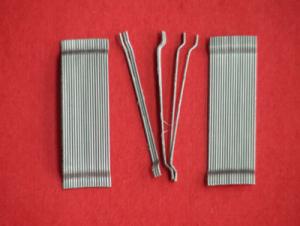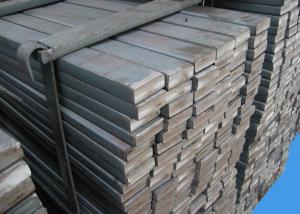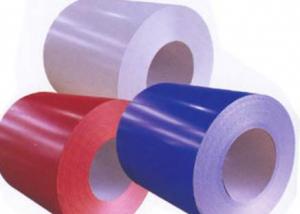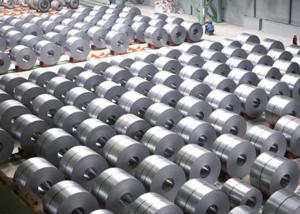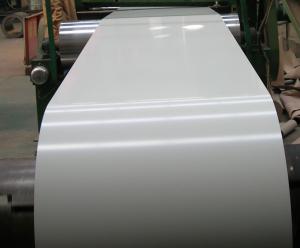Carbon steel pipe fittings TEE 1/2''-42''
- Loading Port:
- China Main Port
- Payment Terms:
- TT OR LC
- Min Order Qty:
- -
- Supply Capability:
- -
OKorder Service Pledge
OKorder Financial Service
You Might Also Like
Pipe fitting is the occupation of installing or repairing piping or tubing systems that convey liquid, gas, and occasionally solid materials. This work involves selecting and preparing pipe or tubing, joining it together by various means, and the location and repair of leaks.
Pipe fitting work is done in many different settings: HVAC, manufacturing, hydraulics, refineries, nuclear-poweredSupercarriers and Fast Attack Submarinescomputer chip fab plants, power plant construction and other steam systems. Pipe fitters (sometimes called simply "fitters") are represented in the USA and Canada by the United Association of Journeymen and Apprentices of the Plumbing and Pipe Fitting Industry of the United States and Canada.
Fitters work with a variety of pipe and tubing materials including several types of steel, copper, iron, aluminium, and plastic. Pipe fitting is not plumbing; the two are related but separate trades. Pipe fitters who specialize in fire prevention are called Sprinklerfitters, another related, but separate trade.
Materials, techniques, and usages vary from country to country as different nations have different standards to install pipe.
Elbow are an English alternative rock band consisting of Guy Garvey (vocals, guitar), Richard Jupp (drums, percussion), Craig Potter (keyboards, piano), Mark Potter (guitar, backing vocals), and Pete Turner (bass guitar, backing vocals). They have played together since 1990, adopting the Elbow band name in 1997, and have released six studio albums: Asleep in the Back (2001), Cast of Thousands (2003), Leaders of the Free World (2005), The Seldom Seen Kid (2008), Build a Rocket Boys! (2011), and The Take Off and Landing of Everything (2014). All of their studio albums, as well as B-sides compilation Dead in the Boot (2012), have placed in the top 15 of the British album chart and seven of their singles have placed in the top 40 of the British singles chart.
In 2008 Elbow won the Mercury Music Prize for their album The Seldom Seen Kid, and in 2009 they won the Brit Award for Best British Group In 2012 they released "First Steps", the BBC theme for the 2012 London Olympics
Specifications
Standard: ASTM A234 WPB, JIS, DIN, EN, GOST
Use for Oil, Gas, Subwatering act.
45/90/180 degree, LR/SR Elbow
ASTM A234 WPB ELBOW :
| ||||||||
| we are manufacturer for carbon steel pipe and fittings,like 45deg,90deg,180deg,L/R OR S/R,bend , | ||||||||
| equal or reducing tee, CON reducer, ECC reducer, pipe cap,flange. | ||||||||
| CON AND ECC REDUCER: CARBON STEEL,STAINLESS,STELL,ALLOY STEEL | ||||||||
| NOMINAL DIAMETER | BIG OD1 | SMALL OD2 | HEIGHT(MM) | |||||
| MM | SERIES A | SERIES B | SERIES A | SERIES B | 51-711 | |||
| 25*15--1500*1400 | 33.7-1524 | 32-1520 | 21.3-1420 | 18-1420 | ||||
| MATERIAL: A234WPB,A283,A105,A53,A106,API5L | ||||||||
| STANDARD: ASTM/ANSI,DIN,ISO,GB,JIS,BS ,GOST | ||||||||
| OTHERS: | ||||||||
| 1. Special design available according to requirement | ||||||||
| 2. All the production process are made under the ISO 9001:2000 strictly. | ||||||||
- Q: What are the different types of steel forgings and castings?
- There are several different types of steel forgings and castings, including open die forgings, closed die forgings, sand castings, investment castings, and centrifugal castings. Each type has its own unique manufacturing process and is used for different applications based on their specific properties and characteristics.
- Q: How do steel products contribute to the education and institutional sector?
- Steel products contribute to the education and institutional sector in various ways. Firstly, steel is extensively used in the construction of educational buildings, such as schools and universities, providing a strong and durable infrastructure that can withstand heavy use over time. Additionally, steel is utilized in the fabrication of furniture, equipment, and fixtures, ensuring a safe and functional learning environment. Moreover, steel products are employed in the manufacturing of educational resources like whiteboards, desks, and storage systems, enhancing organization and productivity within classrooms. Overall, the use of steel products in the education and institutional sector plays a crucial role in creating conducive learning spaces that promote safety, durability, and efficiency.
- Q: How does the thickness of steel affect its strength?
- The thickness of steel directly affects its strength. Generally, thicker steel tends to be stronger and more resistant to deformation or failure under load. This is because thicker steel has a greater cross-sectional area, which allows it to distribute and withstand forces more effectively. Thicker steel also provides a larger volume for the material to absorb energy before reaching its breaking point. However, it is important to note that there is a trade-off between thickness and other factors such as weight and cost, so the optimal thickness depends on the specific application and requirements.
- Q: What are the different types of steel bars and rods available?
- There are several different types of steel bars and rods available, including mild steel bars, carbon steel bars, alloy steel bars, stainless steel bars, and tool steel bars. Each type varies in terms of its composition, strength, and intended use.
- Q: What are the different types of steel profiles used in conveyor systems?
- There are several different types of steel profiles used in conveyor systems, including C-channels, I-beams, angle bars, and square or rectangular tubing. These profiles are chosen based on the specific requirements of the conveyor system, such as load capacity, structural integrity, and ease of installation.
- Q: How are steel plates used in the fabrication of pressure vessels?
- Steel plates are used in the fabrication of pressure vessels as they provide strength and durability required to withstand high pressure conditions. These plates are cut and shaped to form the shell and heads of the vessel, which are then welded together to create a sealed container capable of holding liquids or gases under pressure. The thickness and composition of the steel plates are carefully selected to meet the specific design requirements and safety standards of pressure vessel applications.
- Q: How is steel used in the production of construction machinery?
- Steel is commonly used in the production of construction machinery due to its high strength and durability. It is used to manufacture various components, such as frames, buckets, blades, and tracks, which require the ability to withstand heavy loads and harsh working conditions. Additionally, steel's malleability allows for easy shaping and forming of complex parts, enhancing the overall performance and reliability of construction machinery.
- Q: What are the uses of steel mesh in construction?
- Steel mesh is widely used in construction for various purposes. It is primarily used as reinforcement in concrete structures to improve their strength and durability. Steel mesh provides reinforcement by distributing the load across a larger area and preventing cracks from forming in the concrete. Additionally, it helps to control shrinkage and thermal expansion, enhancing the overall stability of the structure. Steel mesh is also used for fencing and barriers, providing security and protection in construction sites and other areas. Overall, steel mesh plays a crucial role in construction by enhancing the structural integrity and safety of buildings and infrastructure.
- Q: How is steel wire rope inspected for safety?
- Steel wire rope is inspected for safety through a comprehensive process that includes visual examination, non-destructive testing techniques, and load testing. Trained inspectors carefully examine the rope for any visible signs of wear, corrosion, or damage. Non-destructive testing methods such as magnetic particle inspection or ultrasonic testing are used to detect any internal flaws or defects that may not be visible. Additionally, load testing is conducted to determine the rope's ability to withstand its specified working load. Through these rigorous inspections, the safety of steel wire rope is ensured, reducing the risk of failure and promoting safe operations.
- Q: How do steel products contribute to the water and wastewater treatment sector?
- Steel products contribute to the water and wastewater treatment sector in various ways. Steel is widely used in the construction of water and wastewater treatment plants, as it provides strength, durability, and corrosion resistance. Steel pipes and tanks are commonly used for transporting and storing water and wastewater, ensuring the integrity of the system. Additionally, steel is utilized in the manufacturing of various equipment, such as screens, filters, valves, and pumps, ensuring efficient and reliable operations. Overall, steel products play a crucial role in supporting the infrastructure and functionality of the water and wastewater treatment sector.
Send your message to us
Carbon steel pipe fittings TEE 1/2''-42''
- Loading Port:
- China Main Port
- Payment Terms:
- TT OR LC
- Min Order Qty:
- -
- Supply Capability:
- -
OKorder Service Pledge
OKorder Financial Service
Similar products
Hot products
Hot Searches
Related keywords
